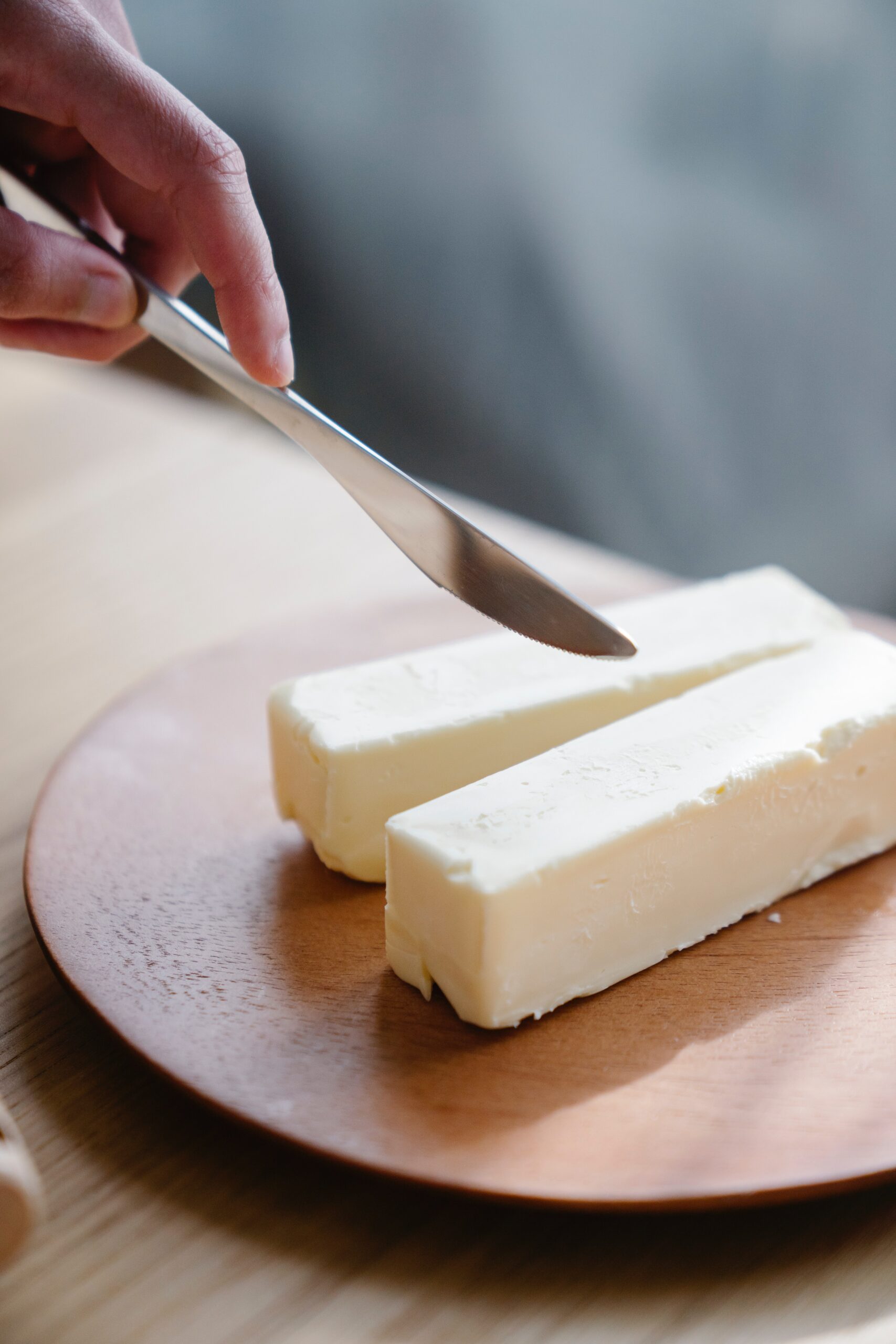
When a baking recipe calls for a cup of unsalted butter, you may wonder if there are suitable alternatives available. Especially if you’re looking to reduce your salt intake, follow a vegan diet, or simply don’t have unsalted butter on hand. Luckily, there are several excellent unsalted butter substitutes that can be used in various dishes. From sweet treats like sugar cookies and pound cakes to savory dishes like pie crusts and compound butters, there is a simple option for each.
What Does Butter do to Baked Goods
Butter plays a crucial role in baked goods. Contributing to both their flavor and texture. Here are some of the key functions of butter in baking:
- Flavor Enhancement: Butter adds a rich, creamy, and distinct flavor to baked goods. Its natural dairy taste can enhance the overall taste of cookies, cakes, pastries, and other treats. This is particularly important in recipes where butter is a primary flavor component, such as Butter Cookies or Shortbread.
- Texture and Moisture: Butter contributes to the tenderness and moisture content of baked goods. This essential ingredient helps create a soft and crumbly texture in cookies and cakes. The fat in butter coats flour proteins, limiting gluten development. This results in a tender and delicate crumb in baked items.
- Leavening Agent: Butter helps with leavening in some recipes. When butter is creamed with sugar during the baking process, it incorporates air into the mixture. This trapped air expands when exposed to heat. This helps the baked goods rise and become lighter in texture.
- Binding: Butter acts as a binding agent, holding the ingredients together in various recipes. This is particularly important in pie crusts and cookie dough. It helps maintain the shape and structure of the final product.
- Flakiness: In pastry recipes like pie crusts and croissants, butter is responsible for creating layers and flakiness. The high-fat content in butter creates steam when exposed to high oven temperatures. This causes the layers of dough to separate and create a flaky texture.
- Golden Brown Crust: Butter can also contribute to a beautiful, golden brown crust on the surface of baked goods. This adds to their visual appeal and flavor.
- Aroma: Butter contributes to the aroma of baked goods as it melts and interacts with other ingredients during baking. This aroma can be a significant part of the overall sensory experience of enjoying freshly baked treats.
It’s important to note that the type of butter used (salted, unsalted, or flavored) can affect the final taste and texture of the baked goods. Additionally, the temperature of the butter when incorporated into a recipe (e.g., softened, melted, or chilled) can also impact the outcome. Many baking recipes specify the type and temperature of butter to achieve the desired results.
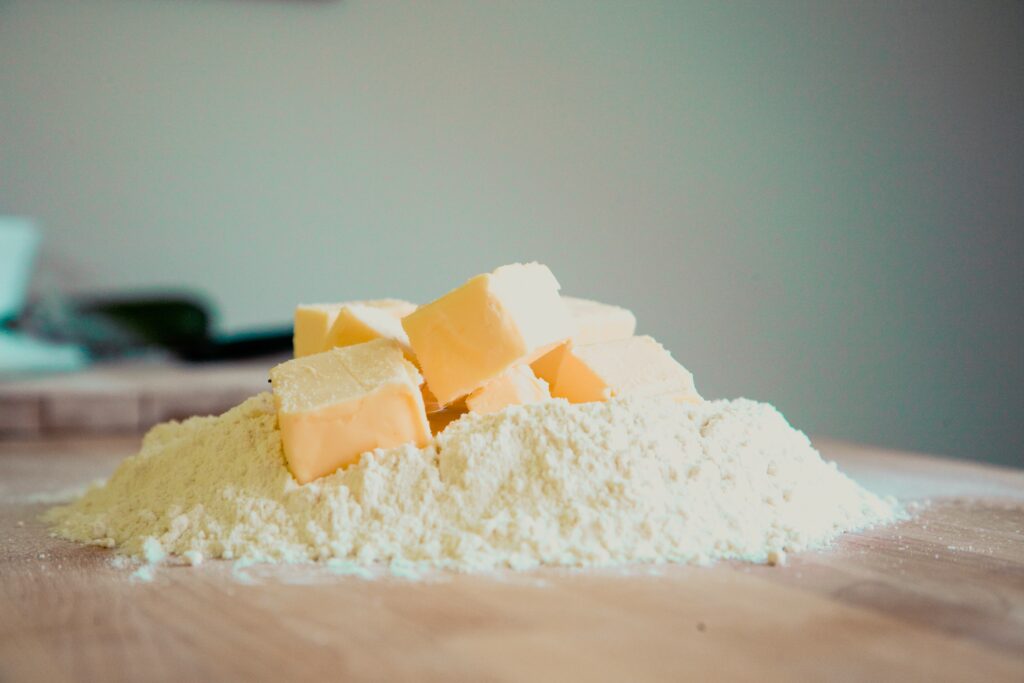
What Is the Difference Between Unsalted and Salted Butter
The main difference between unsalted butter and other types of butter, like salted butter or sweet cream butter, is, of course, the salt content and amount of sodium. Unsalted butter is essentially pure dairy fat. While salted butter contains the addition of salt for flavor and preservation. This distinction is crucial in baking, as it allows for complete control over the amount of salt in your recipe.
Is Unsalted or Salted Butter Best for Baking
Whether to use unsalted or salted butter in baking depends on the recipe and personal preference. Both types of butter have their merits, and the choice should align with the specific requirements of the baked goods you’re preparing.
The Role of Unsalted Butter in Baking
- Control Over Salt Levels: Unsalted butter is the preferred choice for many bakers because it allows for precise control over the salt content in recipes. You can add salt separately, ensuring that you achieve the desired level of seasoning without the uncertainty of salted butter’s variable salt content.
- Pure Butter Flavor: Unsalted butter has a clean, pure buttery flavor, making it an excellent choice for recipes where the natural flavor of butter is a significant component. For example, butter cookies, pound cakes, and shortbread.
- Versatility: Unsalted butter is versatile and can be used in both sweet and savory recipes without significantly impacting the overall flavor profile. This flexibility is valuable in a wide range of baking applications.
The Role of Salted Butter in Baking
- Convenience: Salted butter is a convenient choice when you want to simplify your baking process. It already contains salt, so you don’t need to measure and add salt separately. This can be particularly helpful in recipes where the salt content doesn’t need to be meticulously controlled.
- Flavor Enhancement: Salted butter can add a subtle saltiness that enhances the overall flavor of certain baked goods, especially when the salt complements other ingredients, such as in classic chocolate chip cookies.
- Extended Shelf Life: The salt in salted butter can act as a preservative, potentially extending the butter’s shelf life compared to unsalted butter.
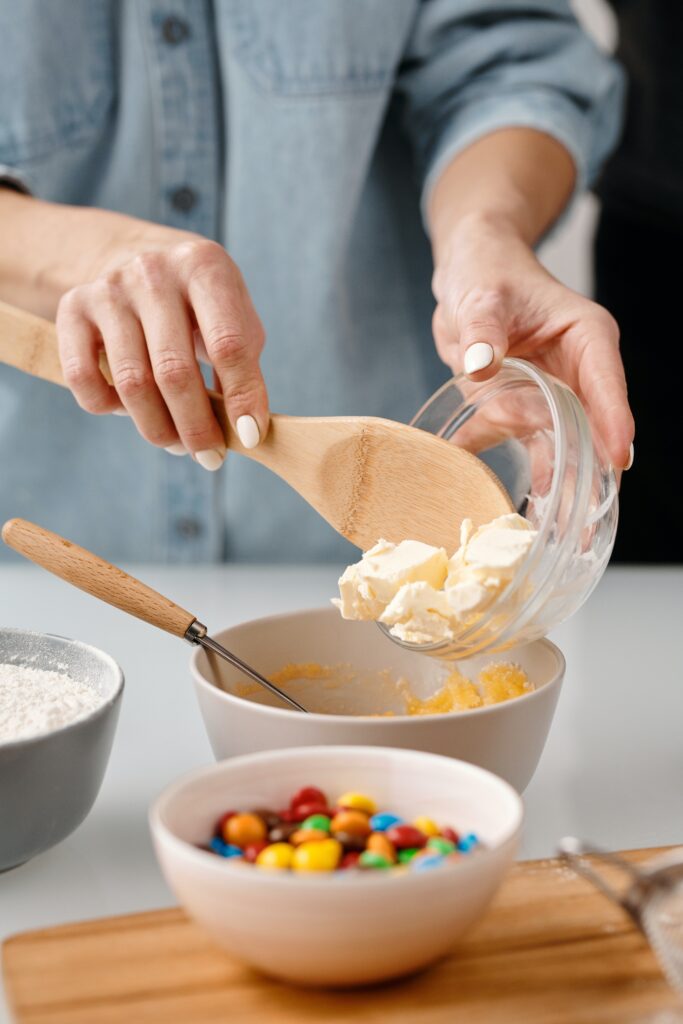
Unsalted Butter vs Salted Butter: Which One to Choose?
- Consider the Recipe: Always check the recipe you’re using. If it specifies unsalted butter, it’s typically for a reason. It’s advisable to follow the instructions. In recipes where the salt content is critical, such as delicate pastries or cakes, unsalted butter is usually preferred.
- Personal Preference: Your taste preferences matter. If you enjoy a slightly salty undertone in your baked goods and the recipe doesn’t specify, salted butter may be a suitable choice.
- Adjust for Salt: If you choose to use salted butter in a recipe that calls for unsalted butter, reduce the amount of additional salt called for in the recipe to compensate for the salt already present in the butter. As a general guideline, you can reduce the added salt by about 1/4 teaspoon per half cup of salted butter used.
In summary, both unsalted and salted butter can be used in baking. But the choice should be based on the specific recipe requirements and your personal taste preferences. If in doubt, using unsalted butter and adding salt separately gives you greater control over the final flavor of your baked goods.
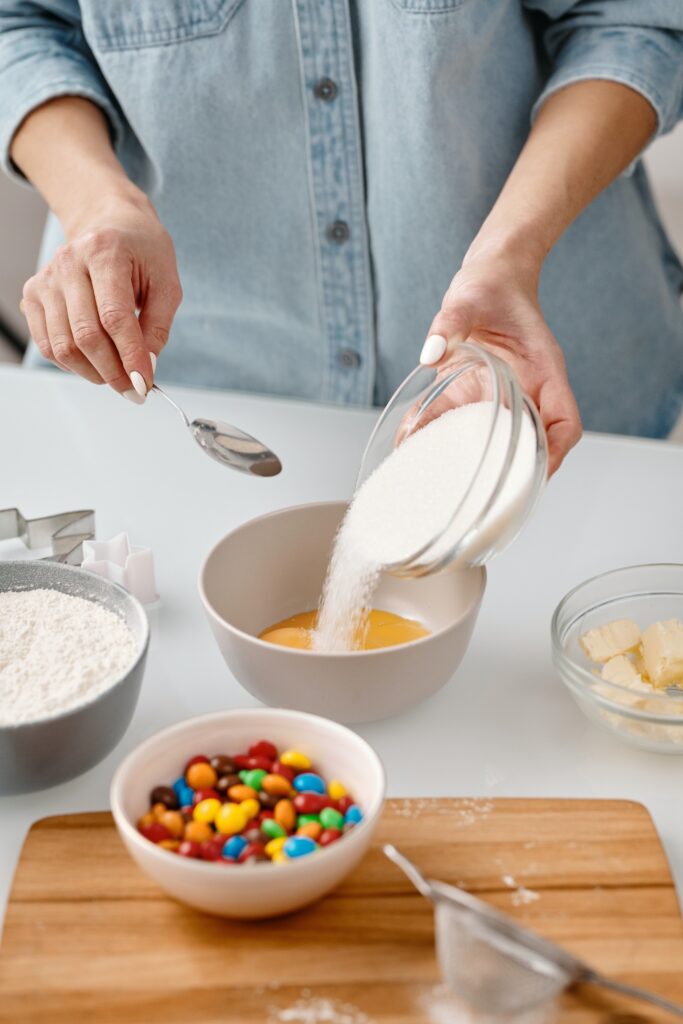
Best Substitutes for Unsalted Butter
Salted Butter
If your recipe specifically calls for unsalted butter, you can often substitute an equal amount of salted butter. However, you should reduce the amount of added salt in your recipe to compensate for the salt in the butter. As a general rule of thumb, reduce 1/4 teaspoon of salt for every half cup of salted butter used.
Vegetable Oil
Vegetable oil is a great substitute for unsalted butter in recipes where the fat content is essential, such as in pie crusts or pound cakes. Use an equal amount of vegetable oil as you would unsalted butter. Keep in mind that this substitution may alter the flavor slightly, as butter has a natural flavor that vegetable oil lacks.
Coconut Oil
For a dairy-free and vegan-friendly option, coconut oil can be used as a substitute for unsalted butter. Use an equal amount of coconut oil, but be aware that it may impart a subtle coconut flavor to your baked goods.
Olive Oil
Olive oil is a healthier option and can be used as a substitute for unsalted butter in many recipes, especially savory dishes. Use an equal amount of olive oil, but note that it may add a distinct olive oil flavor to your food.
Vegetable Shortening
Vegetable shortening, like Crisco, can replace unsalted butter in a 1:1 ratio. It has a longer shelf life than butter and is a common choice for pie crusts and cookies.
Lard
If you have no qualms about using animal fat, lard can be a great substitute for unsalted butter in pie crusts and certain baked goods. Use a cup of lard for a cup of unsalted butter.
Compound Butters
For savory recipes, consider making compound butters with herbs and spices, like basil, oregano, spring onion or smoked paprika. These can add a burst of natural flavor to your dishes in place of unsalted butter.
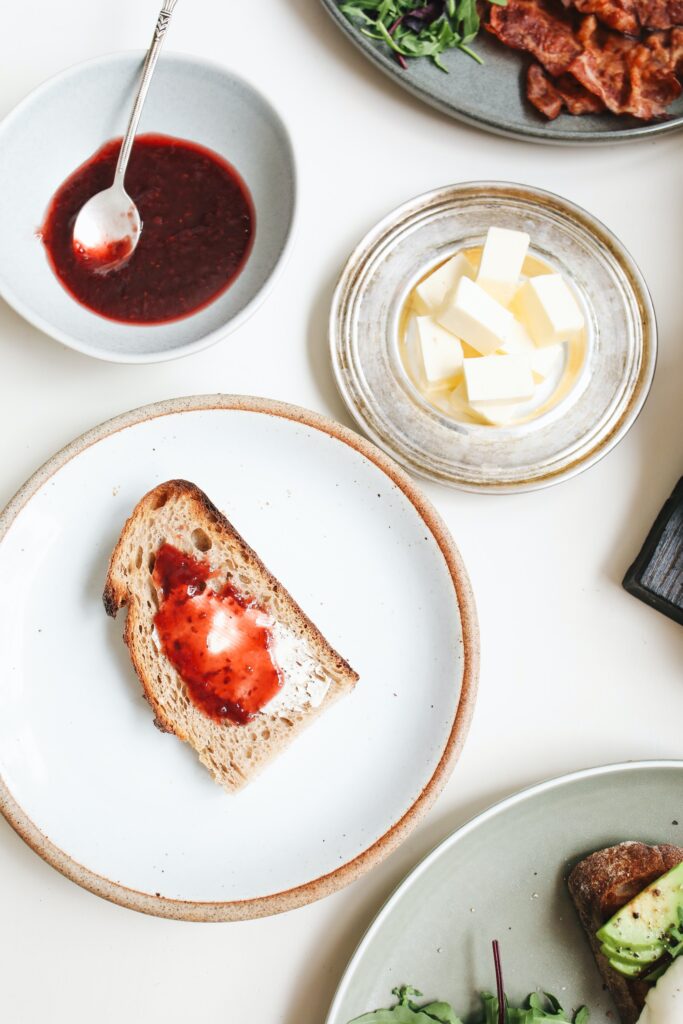
Best Uses for Unsalted Butter Substitutes
- Baking: When it comes to baking, the best substitute for unsalted butter depends on the recipe and your dietary preferences. Vegetable oil, coconut oil, and vegetable shortening are generally good choices for baked goods.
- Savory Dishes: For savory recipes like sautéed vegetables or pan-seared meats, olive oil or vegetable oil can replace unsalted butter while enhancing the natural flavors of the ingredients.
- Compound Butters: Compound butters made with olive oil, herbs, and spices can elevate the taste of savory dishes.
Unsalted Butter Substitute FAQs
How much salt is in salted butter
The exact amount of salt in salted butter can vary between different brands and manufacturers, but it typically contains around 1.5% to 2% salt by weight. This means that for every 100 grams (approximately 3.5 ounces) of salted butter, you can expect to find 1.5 to 2 grams of salt. While this level of salt is generally mild, it can still influence the overall flavor of your recipes.
Conclusion
The good news is that you have options when substituting for unsalted butter. Whether you’re looking to lower the salt content in your diet, follow a vegan lifestyle, or simply need a quick solution when you’re out of unsalted butter, there are substitutes that can yield excellent results in your finished products.
Remember to experiment and find the best choice for your specific recipe and taste preferences. The best way to determine which unsalted butter substitute is right for you is by testing different options in your favorite dishes until you achieve the best results. Happy cooking!

Christopher is a food and lifestyle expert, recipe developer and the content creator behind May Eighty Five. With years of experience in the kitchen, he also shares tips, tricks and how to’s that he has learnt over the years. Every week, he shares quick, simple and mostly healthy recipes along with some home and entertaining tips. You will find flavorful cocktails, delicious appetizers, tasty mains and some indulgent desserts. As a home decor enthusiast, he also likes to share simple DIY projects and simple tips for a beautiful home.


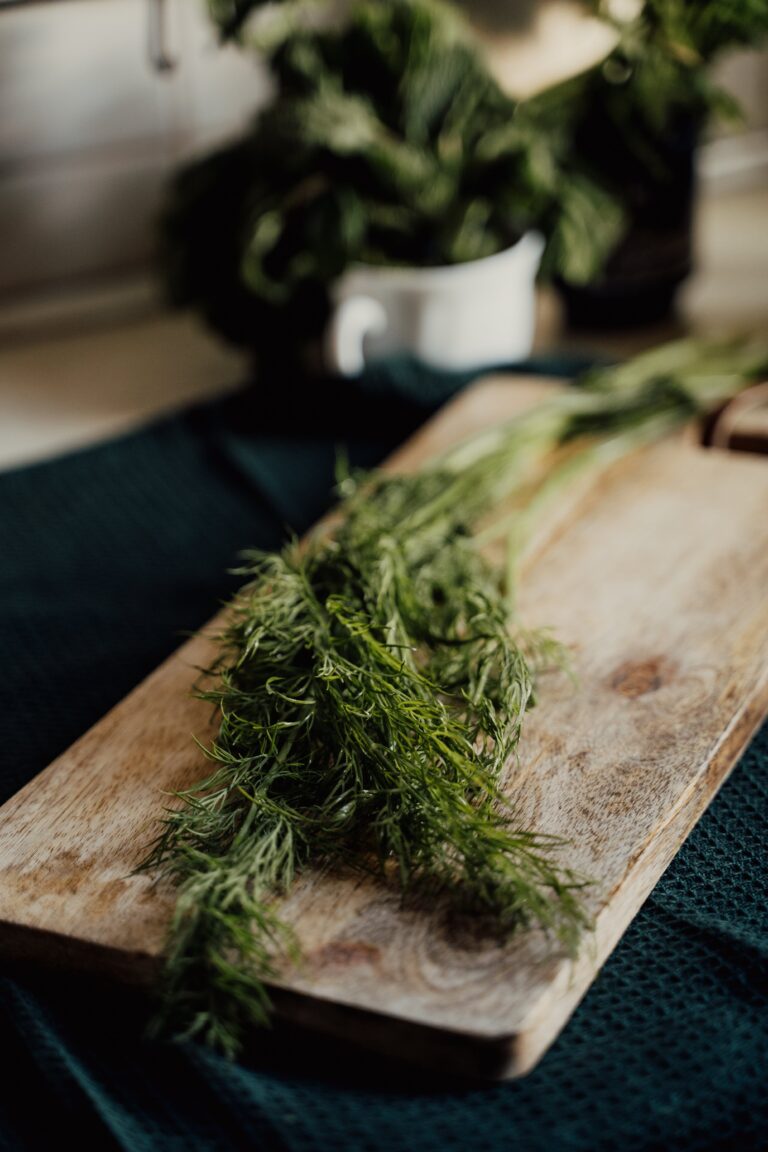
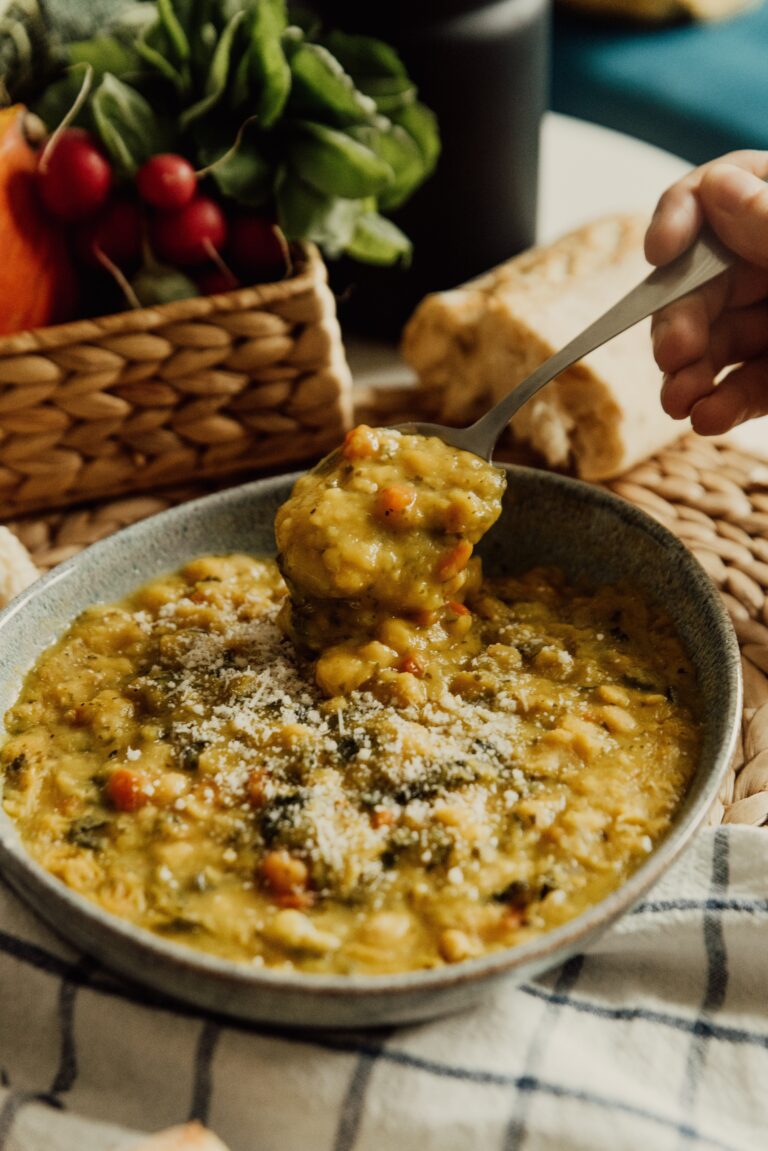

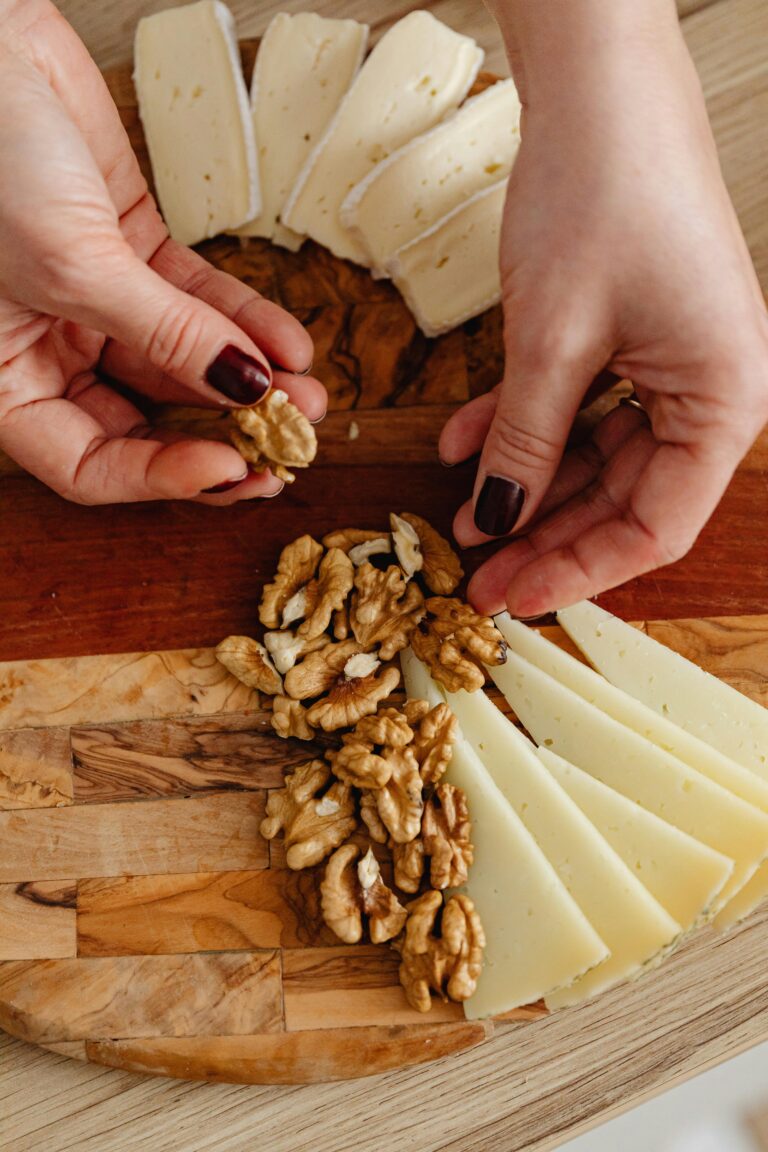
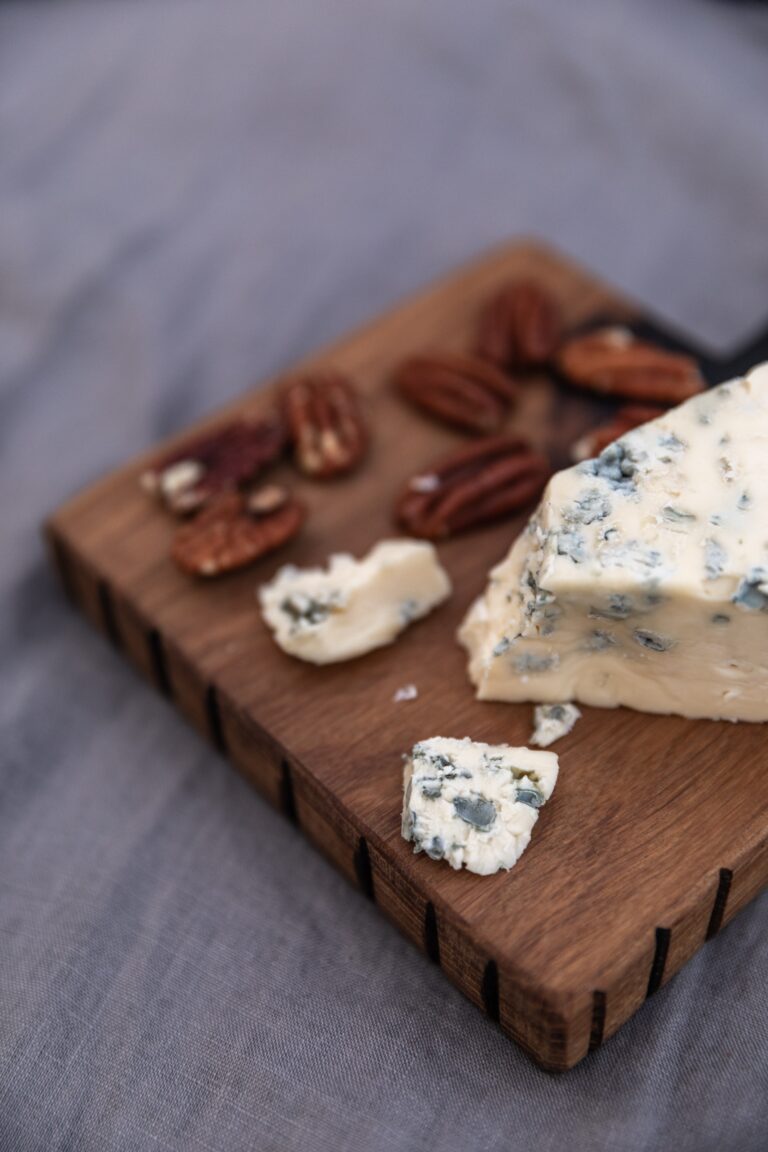
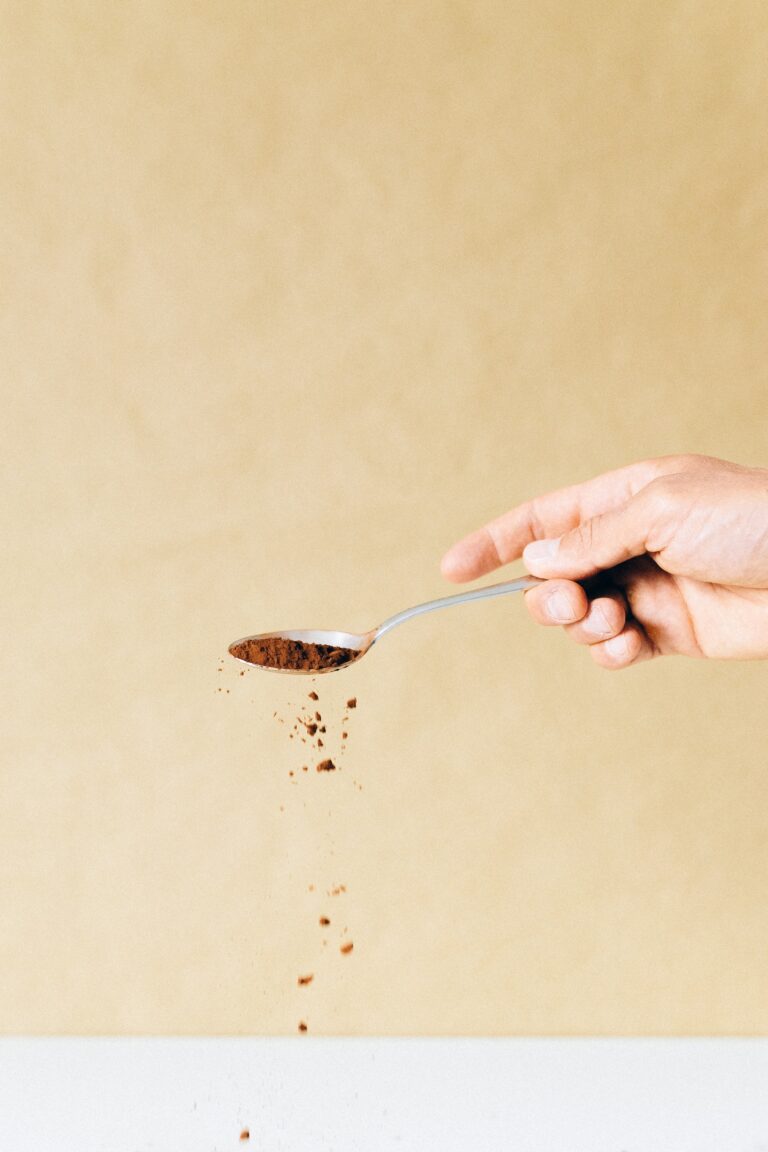
3 Comments